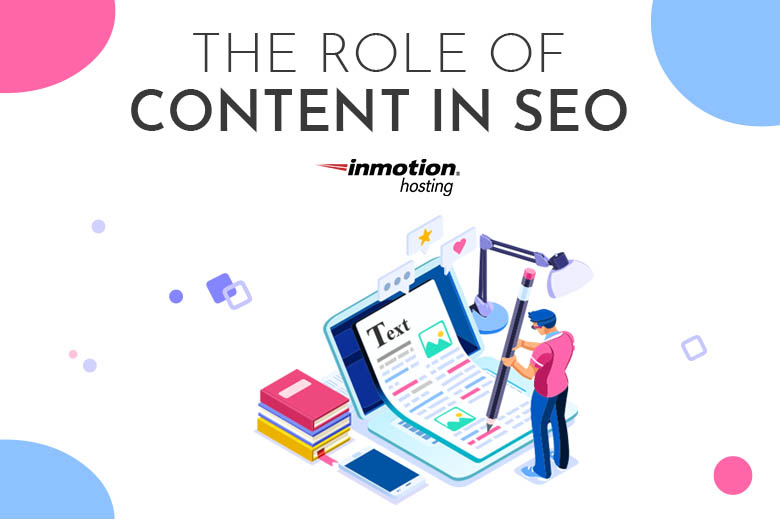
The content on your website plays a huge role in SEO. In fact, it’s one of the most accessible ways to work on your website in terms of search engine optimization, and there are many aspects of your content strategy to consider. Today we’re going to break down some areas of content that can affect SEO, and how to leverage them for your website success.
Using Keyword Phrases
If you haven’t already started to work on keyword research for your website and your industry, don’t wait!
Once you are comfortable with your keyword list, or at least you have the makings of a list of phrases to focus on, you can start working the terms into the content on your website. You’ve probably heard that you should avoid keyword stuffing any page on your website, but it can be difficult to know what that actually means.
As a general rule of thumb, you don’t want to use any one keyword phrase more than once every 100-150 words on a page of content. You can still use supporting terms, or some of your long tail keywords as well. In general, try to make your content sound natural, and that will typically eliminate the risk of keyword stuffing on its own.
Optimizing Your Images
A lot of people only think about articles or written areas of their site as part of their content strategy, but images are included in the content of your website as well, and they play into your SEO strategy in a different way.
First, consider the file name of images that you upload to your website. Search engines can’t necessarily view an image and take anything from it, so they rely on the information you attach to that image to describe it accurately, including the file name. Using descriptive, accurate file names will help ensure that search engines are pulling as much information from them as possible, and reading your website as accurately as possible.
The next thing to work on for your images is the image alt tag. Image alt tags are used to provide a text description of the image, again to help search engines understand what the image is showing. It can be a great place to add in a relevant keyword phrase as long as the alt tag also describes the image accurately.
You also don’t want alt tags to be too long- think of it as a short caption of your image. Most website editors like WordPress offer an easy way to input image alt tags when you insert an image into a page or post on your site.
Utilizing Headings in Your Content
You might think that headings are mostly a style choice, but headings actually affect how a page is crawled by search engines.
Most pages will have a main header using an H1 tag in the code of the page. This is the title of a page of content, and typically shows as the largest heading at the top of a page. When a search engine sees this, it assumes that this H1 tag identifies what the page is about, and it’s considered one of the first things that a search engine looks at on any given page. Then, smaller heading tags are used for subheaders, and are crawled in order of size, which is identified in the tag itself.
Again, you can use these headings to describe your content, and at times the headings can include keyword phrases. Similar to the main content, you don’t want to keyword stuff these headings, or make them sound unnatural for the sake of using a keyword phrase. Focus on keeping these headings accurate, and actually helpful for the user.
Optimizing headings is simply another piece of your content strategy to consider when you are working on SEO for your website, and on gaining the visibility online that can help your business.